Sagan at a loss to explain sudden collapse at E3 Harelbeke
Tinkoff-Saxo man left empty-handed
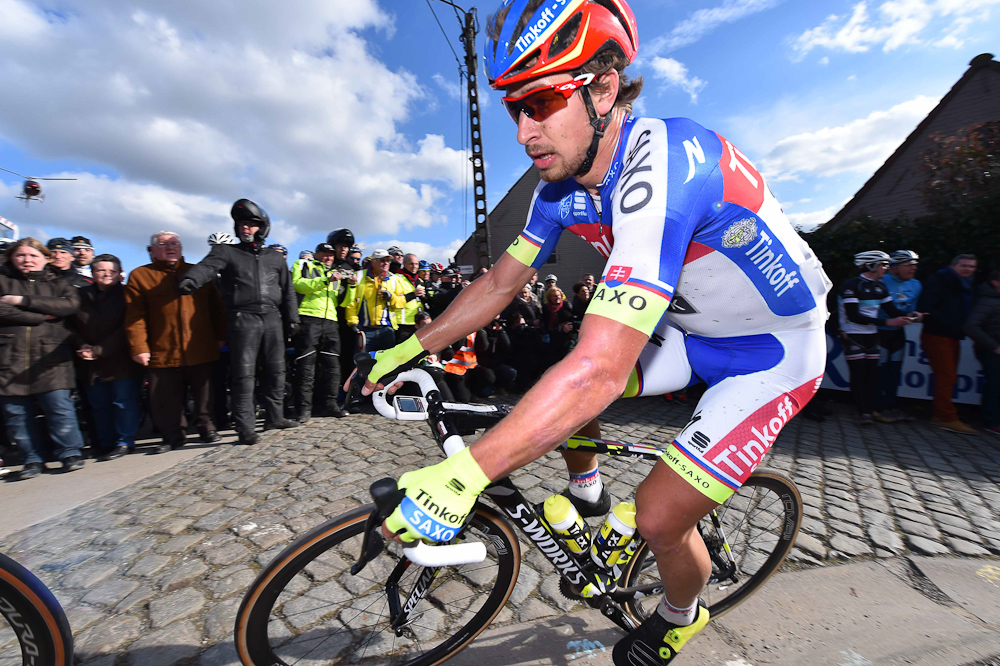
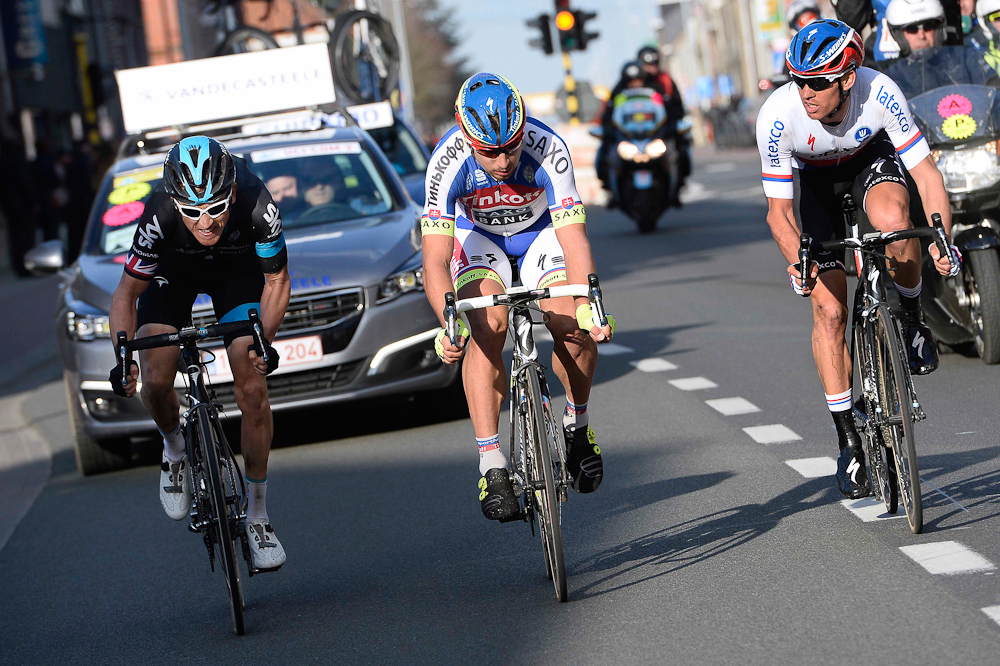
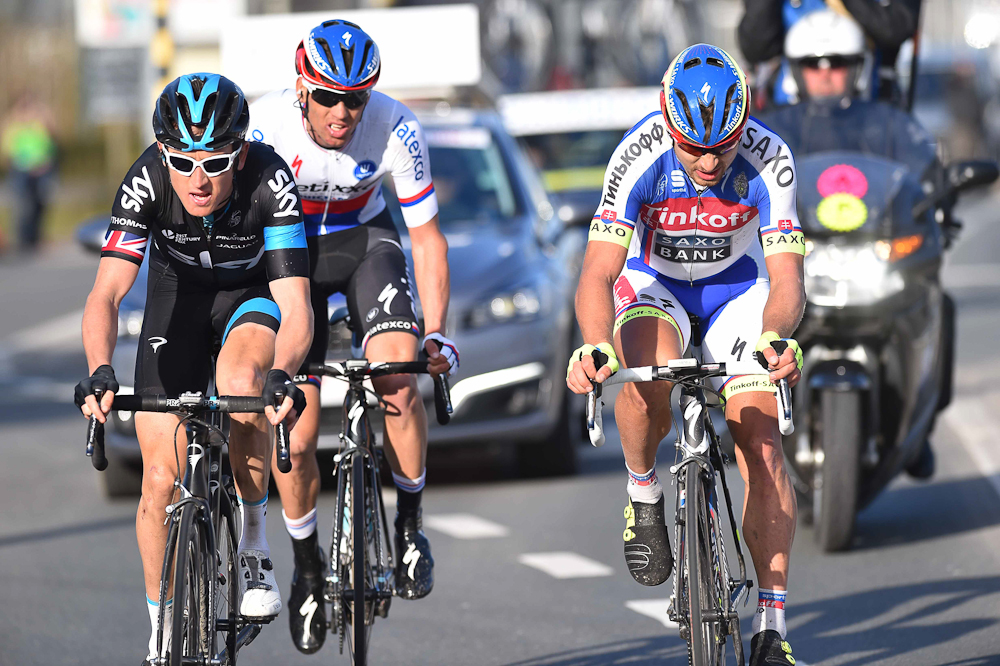
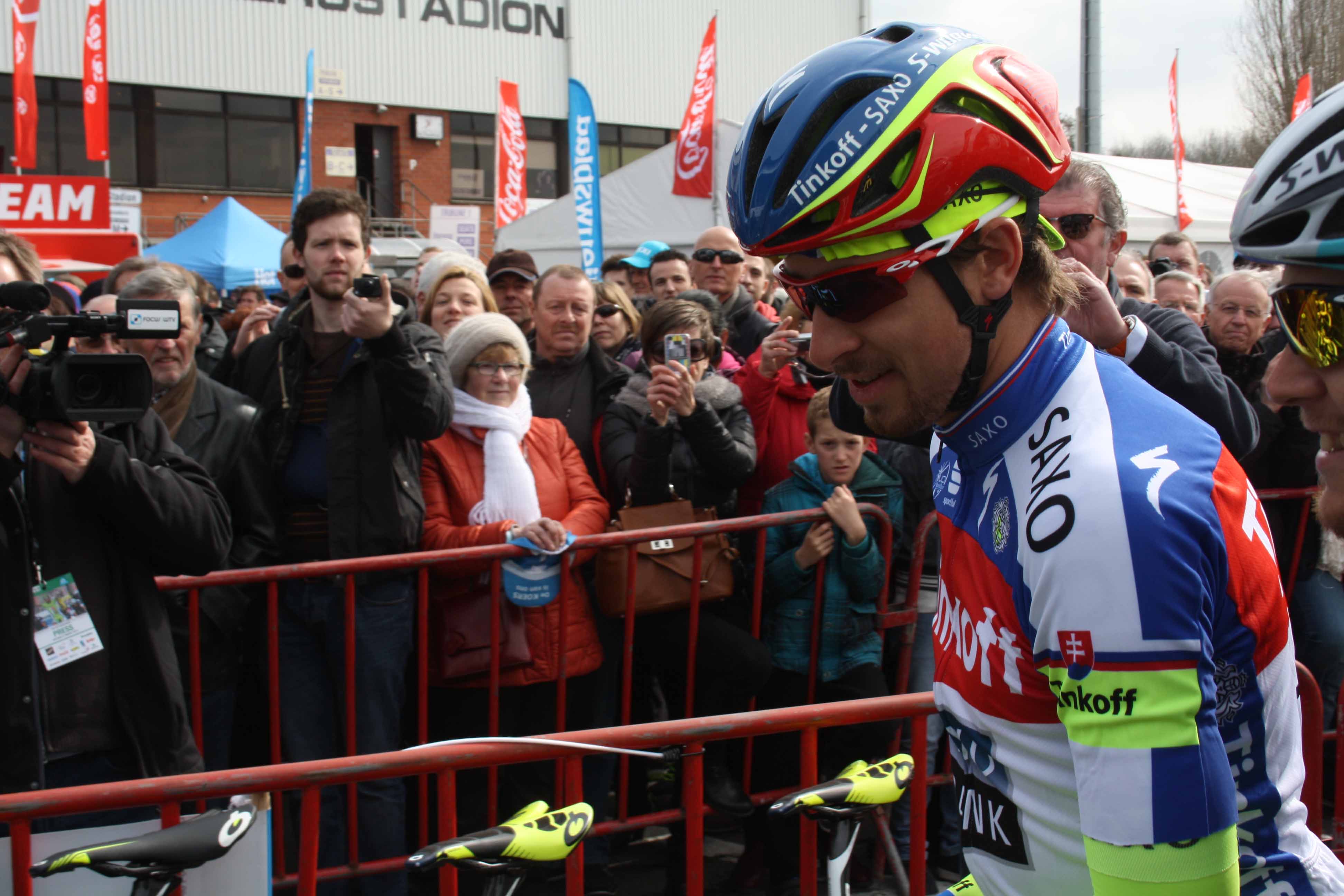
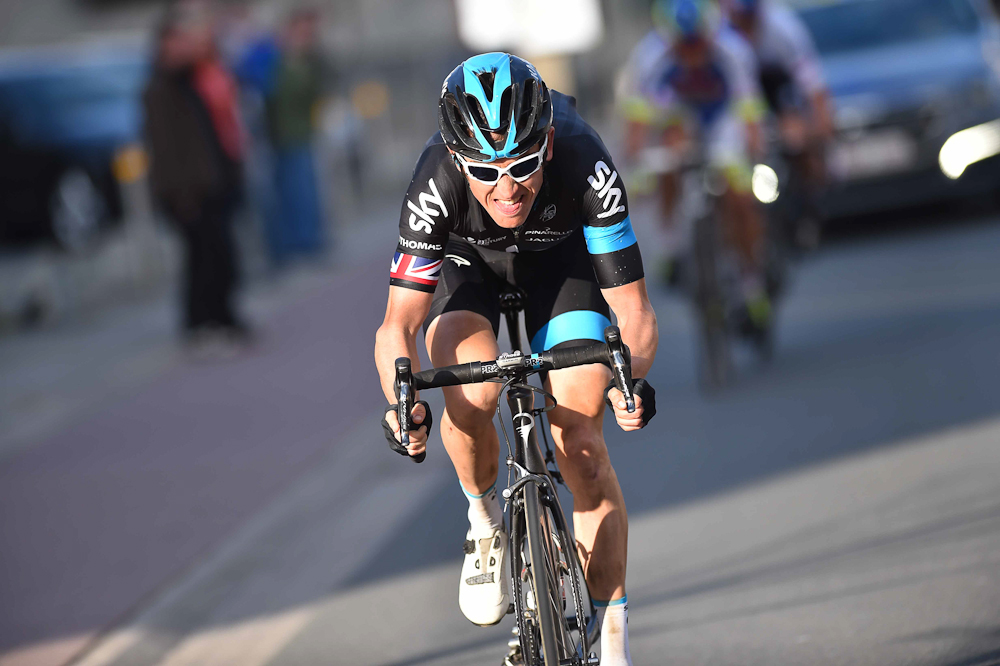
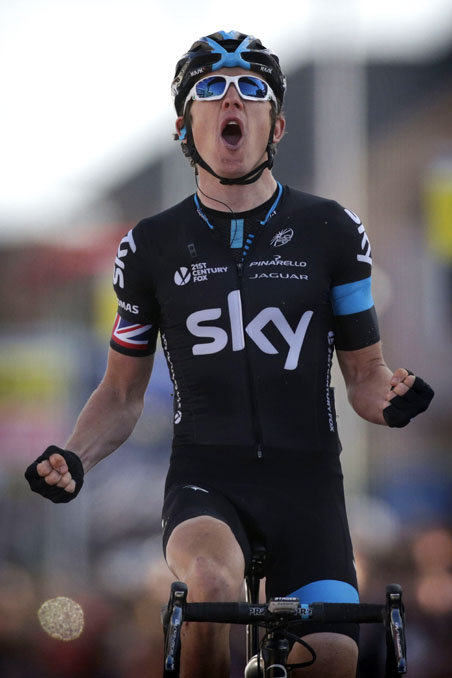
So sudden was Peter Sagan’s collapse in the closing kilometres of E3 Harelbeke that he found himself being led towards the podium after the finish only to be informed on arrival that his services were not required after all. A cruel business, the classics.
That miscommunication among chaperones can only have added to Sagan’s dismay at the end of a race that asked more questions than it answered about his prospects of landing the first Monument victory of his career this spring, particularly given that the Tinkoff-Saxo man could scarcely have scripted a more amenable scenario for the finale.
On the flat run-in to Harelbeke, Sagan was the quickest finisher by reputation in a three-man break with almost a minute in hand on the chasing peloton, yet when Geraint Thomas (Team Sky) launched his winning attack with a shade over four kilometres remaining, he was unable to summon the strength to climb out of the saddle and go after him.
Worse was to follow. When Zdenek Stybar (Etixx-QuickStep) came through to help with the pursuit, Sagan quickly relaxed his grip on Stybar's rear wheel, and he then suffered the indignity of being caught and spat out by the chasing bunch in the final kilometre, rolling across the line in 30th place, 1:14 down.
After being turned away by the innkeepers at the podium, Sagan’s soigneur beat a pathway for him through the crowds milling around the finish, turning to issue a fierce reprimand to one onlooker who deigned to clap the Slovak on the back in consolation. Finding a rare oasis of calm on an empty side street soon afterwards, the soigneur conducted a short, sympathetic debrief with Sagan in his native tongue, before pushing him gently away towards the sanctuary of the Tinkoff-Saxo team bus.
It would be some time before Sagan emerged, but even after showering and changing, he still seemed at a loss to explain what had transpired in streets of Harelbeke. With his baseball cap turned backwards as he spoke to reporters, Sagan affected a certain flippancy as he answered questions about those final kilometres.
“I don’t know. I was on the front but after I don’t know. I was turned off,” Sagan said with a hollow laugh. “I think you can see also in television how I felt.”
Get The Leadout Newsletter
The latest race content, interviews, features, reviews and expert buying guides, direct to your inbox!
The défaillance was all the more surprising because of how smooth Sagan had appeared in bridging across to Thomas and Stybar when they forged clear on the uneven cobbles of the Oude Kwaremont with 37 kilometres remaining.
“I felt good on the Kwaremont but there was still a long way to go to the finish,” he said. “It’s ok. It’s the race. One time it’s good, one time it’s not.”
Sagan contributed liberally to the workload in the break thereafter, too, before his abrupt loss of power in the last four kilometres, which brought to mind Laurent Jalabert’s similarly spontaneous collapse at the 1997 Tour of Flanders. He refuted the idea that he had simply suffered a hunger knock.
“I ate but I don’t know what happened. Maybe I needed a little bit of rest after Milan-San Remo. I came here and it’s another hard race, but for sure I believe Sunday [Gent-Wevelgem] will be better,” said Sagan. “I’m ok because I did good work on the Kwaremont and then also in the breakaway. We will see now on Sunday and there is another two weeks [the Tour of Flanders and Paris-Roubaix] after that.”
Sagan’s disappointment comes at the end of a trying week for the Tinkoff-Saxo team following the suspension of Bjarne Riis from his managerial duties, and one imagines that owner Oleg Tinkov will not be bashful in making his thoughts known.
After familiar tactical indecision proved costly for Sagan at Milan-San Remo, he was found wanting physically here, but he sounded a defiant note when asked if he was concerned by his showing with the Tour of Flanders just a week away. “No,” he said.
Sagan was more expansive on the subject of the crash that has left Fabian Cancellara (Trek) with two fractured vertebrae and ruled him out of the remainder of the cobbled campaign. “I heard about his crash and I’m sorry for him. What happened to Cancellara also happened to [Tom] Boonen. We are riders, we want to fight together and it’s not good for anybody,” he said.
Their absence radically alters the landscape of the coming weeks, though Sagan gave short shrift to the idea that he risks missing out on the chance to prove his credentials by beating the masters of the preceding generation at the Tour of Flanders or Paris-Roubaix.
“I don’t know: maybe next year,” he said. “We still have other races and anything can happen.”
Don’t we know it.

Barry Ryan was Head of Features at Cyclingnews. He has covered professional cycling since 2010, reporting from the Tour de France, Giro d’Italia and events from Argentina to Japan. His writing has appeared in The Independent, Procycling and Cycling Plus. He is the author of The Ascent: Sean Kelly, Stephen Roche and the Rise of Irish Cycling’s Golden Generation, published by Gill Books.